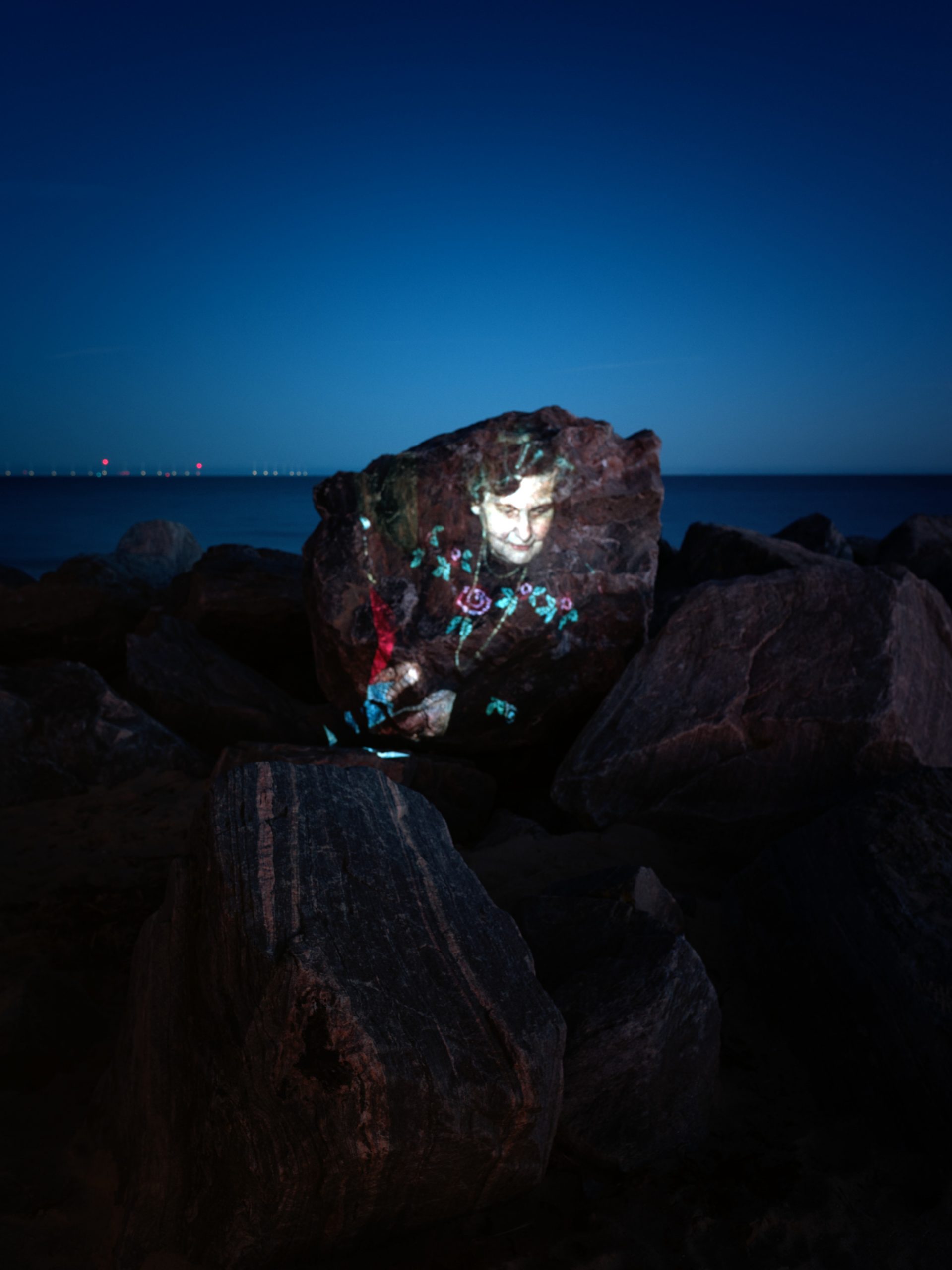Perhaps I would say this as a history graduate, but I firmly believe historical study provides the best, if often imperfect, means of understanding the past. Based nearly always (I’m excepting micro-histories here) on multiple sources – primary, secondary and historiographical – historical studies move towards an ever more refined and relevant understanding of what happened and why.
So why would we ever put the burden of showing ‘how things are/were’ on a single photograph?
It is the equivalent of single sourcing in history. You wouldn’t do it.
It is also why I cringe when I hear the phrase “iconic image” of such and such: The Vietnam War, Tiananmen Square or the fall of the Berlin Wall.
It immediately raises questions such as iconic of what? To whom? In what way? It usually falls at the first hurdle. And yet this is a burden placed on images not by photographers themselves (usually) but by those seeking to understand complex realities through the simplest means – the headline rather than thousands of pages of often contradictory witness reports.
So where does the photograph fit in and, indeed, does it have a role at all in telling us ‘what was the case’?
Yes, I feel it does, and historical study is a useful guide as to how.
Photojournalism and news photographers are providers of primary source material. They offer one view, one perspective at a time.
On their own they might (or might not) tell us a great deal about an instant and the photographer’s relationship or perspective on that moment. A series of images from the same burst might tell us a good deal more about that moment and the photographer’s relationship with it. Sometimes that will be enough, when we are examining moments.
But what about broader moments, or events? For example, the 2011 Tōhoku earthquake and tsunami?
To approach not just what it was, but what it meant and continues to mean, in visual terms, we must look beyond a single photograph and a single eye.
Here we have to look at the raw materials in the first instance – the images taken both by amateurs during and news photographers both during and immediately after the disaster. This, to borrow a phrase from Bill Nichols (grateful to Colin Pantall for directing me to his writing) in Introduction to Documentary, are the expository and observational modes.
Later comes the participatory and reflexive modes of documentary, which deals both with making sense of the available evidence and the remnants of the event. It also seeks to make sense of how we make sense of such an event.
Examples here include Joel Meyerowitz’s large format images of the World Trade Centre attacks or the rephotographic work of Dr Gary McCloud who, during a lecture at Falmouth University in March 2020, told of his own grappling as a Western ‘outsider’ (though he lives in Japan) of how to make sense of the disaster, what that ‘sense’ might look like, to whom that ‘sense’ would make ‘sense’ and the cultural sensitivities of seeking to make ‘sense’ in the first place.
Using photographs from the immediate aftermath and rephotographing them, McCloud (and others), brings a temporal dimension to the impact of the Tsunami, showing the ‘then’ and the ‘now’, which tells both of the lasting effects of the disaster and something of the physical rebuilding in its aftermath.
This is the arena of what Peter Wollen calls ‘cool photography’ which sits in apposition to the ‘hot’ photography of unfolding events.
The reflexive mode is a vital route not only to understanding the ‘aftermath’, but also to our role as photographers in questioning what we are doing and why.
I remain deeply attracted to the compositional skills of Sebastiao Salgardo. But his work becomes increasingly problematic for me. Beyond Ingrid Sischy’s claim in the New Yorker 1991 that, that with Salgado,”Beauty as formula…and as artificial as any other approach,” I have concerns about what is purported to ‘be’ in his work.

Salgardo’s Magnum colleague hits the nail on the head in The Documentary Impulse when he writes: “The black and white pictures in Genesis tell us nothing of the red body paint, nor that their jungle encampments abut an airstrip or that a nearby government-funded health centre, or a ‘mini hospital’, helped prevent their extinction from disease after contact with outsiders in the 1980s.”
Like Franklin, my issue is not (contrary to Sischy or Sontag) with Salgardo’s craft or brilliance in composition. It is with the reduction of his subjects in places such Para to props for a his concept of an unchanging Eden.
He states his purpose with Genesis “would not be to photograph what is destroyed but what is still pristine, to show what we must hold and protect.”
If so, then the mini hospital and nearby airport are deeply problematic and raise potential concerns about the integrity of the images.
More worryingly, the absence of such details within the work risks undermining the very endeavour itself.
And surely the people of the Zo’e are no less important when we appreciate their society and existence, like all others, is subject to change and interconnections with the world beyond their community?
References:
Nichols, B. (2017). Introduction to documentary. Bloomington: Ind.
Good intentions by Ingrid Sischy. (2008). [online] Available at: https://paulturounetblog.files.wordpress.com/2008/03/good-intentions-by-ingrid-sischy.pdf [Accessed 22 Mar. 2021].
Salgado, S. and Lélia Wanick Salgado (2013). Genesis. Köln: Taschen.
Time. (n.d.). In the Beginnings: Sebastião Salgado’s Genesis. [online] Available at: https://time.com/3798068/in-the-beginnings-sebastiao-salgados-genesis/ [Accessed 22 Mar. 2021].
Franklin, S. (2016). The documentary impulse. London ; New York, NY: Phaidon Press.




